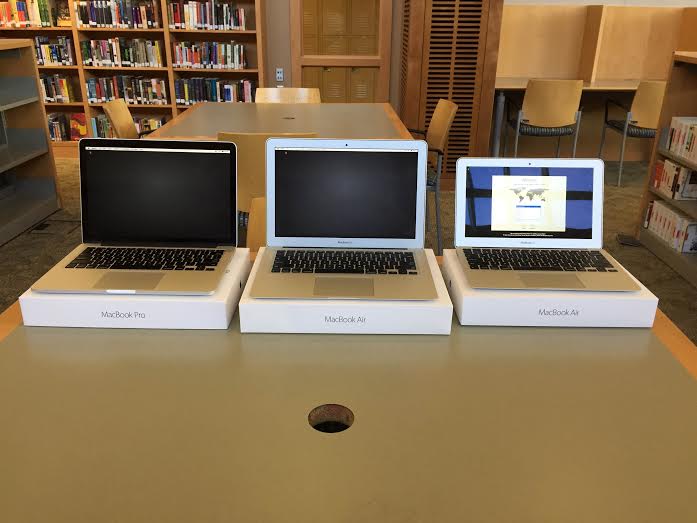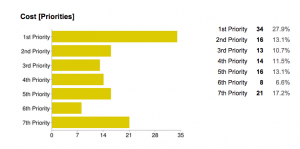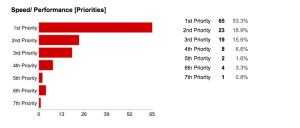The days of checking out antiquated, white MacBooks and waiting for desktop computers to login will soon be behind us as the Technology Department begins phasing in a one to one device initiative at the high school.
The Bring Your Own Device (B.Y.O.D.) program asks every high school student to bring his or her own laptop computer to class. They can buy their own laptop, buy or lease a Mac from the school, or borrow one of the school’s Mac computers. Next year the Technology Department will pilot the program in a few classes to flesh out how the program will work before they plan to launch it for the 2016/2017 school year. “We still need to work out all the details,” said district technology director, Kathleen Dooley. “Do we have the wireless; do we have the bandwidth; are teachers really ready for this?”
After sending out a survey to students about their preferences in computers, the Technology Department will pilot the program providing students 13 inch MacBook Air computers to buy, lease, or borrow. They chose the Air computers after the computer won the majority of student votes–45.9%– against the MacBook Pro and 11 inch Air. The Air is a balance of what students reported to be their two highest priorities when choosing a computer: performance and cost.
Since the high school is a Mac Certified school, when laptops that students’ leased or bought through the school malfunction, they can just bring them to the tech offices for service, and in the mean time the Technology Department will provide them with a replacement.
The high school’s one to one device initiative will follow a similar model of that at the middle school. Currently, all sixth grade classes use iPads in their lessons. Every student can buy his,own iPad on their own or through the school. If students do not want to buy an iPad, they can lease one from the school or borrow one.
If they borrow an iPad, students pick up the device in the tech office every morning from its cart where it charges and then returns it to charge at the end of the school day. If they need the machine for a homework assignment that night, the student can get a red card that their teacher signs off on allowing them to take the device home.“It’s a very fine situation on all fronts; it works out very well,” added Dooley.
At the middle school the Technology Department will begin phasing in iPad use with each class. They will train the seventh grade teachers on iPad use over the summer so that the current sixth graders will be able to continue using these tablets throughout middle school.
As the district phases in iPad use at the middle and high school, robust one to one device programs are running at the elementary schools. All the fifth grade classrooms have iPad carts with an iPad for each student to call their own and use during the school day. At Upham Elementary School and Hardy Elementary, financial support from the Parent Teacher Student Organization (PTSO) and tech savvy teachers allowed a fourth and third grade class to adopt the program as well. The Technology Department plans to spread the program to fourth and third grade classes district wide and also provide kindergarten, first, and second grades with a cart to share across the grade.
With each year, students receive a little more independence in their use of the device. “At the middle school they get a little more independence to explore,” Dooley said. “Middle school is really a time of exploring in a safe environment, which we allow them to do on the iPads.”
The iPads are always in a supervised mode, which allows the school to restrict students from going on certain sites, even when they are at home. The high school laptops will not have this feature. “We give high schoolers more independence than at the middle school. Hopefully they can learn teach norms coming up from the middle school [so that we can give them this independence],” said Dooley.
Andrew Tucker ’17 brings his own computer to class. “I think that it would be a useful tool for students to stay more organized and allow teachers to broaden the activities within curriculums,” he said.
However, some teachers, students, and town residents question the necessity of these devices. Is the price worth the every student having a device? Even if they have a computer to use, will all students have the internet connection at home? Is it too much to expect students to respond to teachers’ posts, check class announcements, and turn in assignments around the clock; is it safer for student stress levels to have some separation between school and home?
All these issues, as well as others, will surely addressed, and the debate will continue as the program is piloted for the 2015-2016 school year.
(Olivia Gieger ’17, Associate Editor)
Some of the district’s survey results are shown below:




